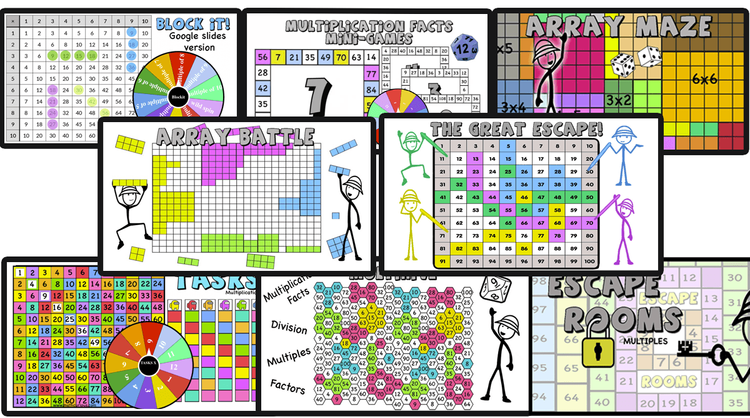Arrays are a great way to introduce multiplication in grades 2 and 3. Playing with arrays will help students model multiplication as repeated addition and understand the properties of multiplication. It is very important that we help students visualize and understand multiplication early on so that we build a strong foundation to support the learning of division, fractions and so much more.
Students need to make connections that will help them gain automaticity with multiplication and division facts. These connections come through a deep understanding of the properties of multiplication.
Here are some activities you can do with students to practice the multiplication properties using the array cards. Cut (and laminate if you want) the array cards. (pdf at the end of the post). The arrays given go up to 6×6 since these activities are for multiplication beginners and also because we want the students to use smaller arrays to create bigger ones.
Multiplication as repeated addition
Give the students some array cards and ask them to write it as repeated addition. Give examples so they understand. Ask them to find different ways. For example, 3×4=3+3+3+3=4+4+4=12 Try this with more cards. Give them smaller arrays to make the big one. In this example give them 3 1×4 arrays and 4 1×3 arrays.
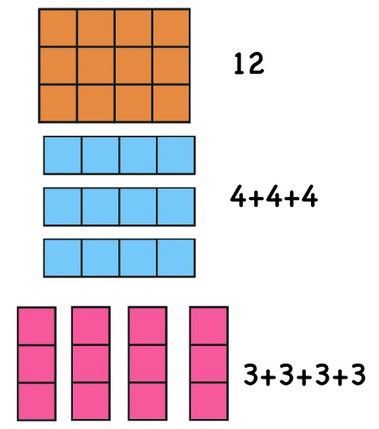
Practice the commutative property of multiplication which says that it doesn’t matter in what order you multiply numbers.
Ask the students problems like 3×4, 5×6, and so on, and encourage them to find the correct array. (make sure the students understand how arrays work). Ask them to write the answer on the array card (they can count the tiles). Now ask the problem the reversed way. 2×3 becomes 3×2. Can they find that array? The students might turn the shape or find the same one. Once they compare it they can see that it is the same shape. You can also ask them to find smaller arrays that make the bigger one like the example above. They will find two ways to make it.
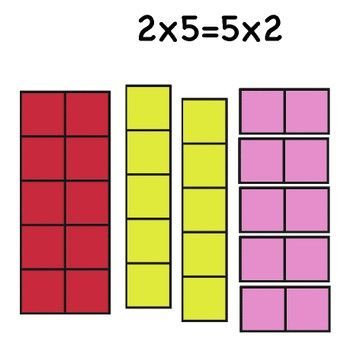
Practice the associative property of multiplication according to which the grouping of the numbers does not matter when multiplying a series of values together. For example(5×4)x2= 5x(4×2)
Give students a few same array cards colored in different ways and ask them to write the equation for it. Discuss how the tile count is the same. Give them an array card (non-colored) and ask them to color it themselves creating different arrays that will allow them to multiply 3 or more numbers.
Ask the students to join two matching arrays to make bigger ones. For example, how will you show 10×5?

This is one of my student’s favorite activities and it gets a lot of work done, lots of thinking, and practice. There are two ways of doing the activity.
Array hunt
Give the students, in a pair, group, or individually a list of problems like, 3×4= . 5×2=, and so on. They need to find the area model (cards) for them and write the answer. Then they get to use the area model cards to build a house, a robot, a monster.

You can start the opposite way, the students choose the arrays and build their creations. Then they need to list the arrays they have used and what part of the creation it is. For example, I used three 3×5=15 for the roof. This is a good way to discuss the associative property of multiplication.
Free arrays to cut for games and activities
You can do this activity with lego bricks as well, using the bricks as arrays of studs. The array sizes are limited but it is a fun activity to do. The students can write down the arrays they used and for which part. They feel like they are giving instructions for building their lego creation so they really enjoy this one. Lego bricks can be used as visual manipulatives the way the arrays above are used. The students can join bricks to create bigger arrays and practice the properties of multiplication.
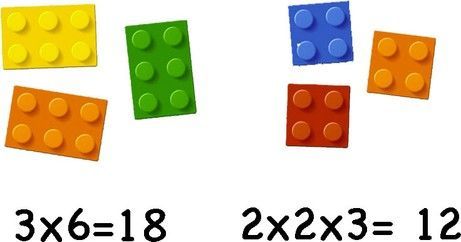
Check out this resource Multiplication and its properties (Building Arrays with Bricks) Print and Digital

Another idea is to draw rows of dots on popsicle sticks so that students can use them to make arrays. For example, for 3×4 they find 3 popsicle sticks with 4 dots.
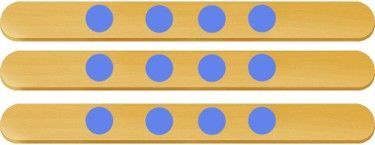
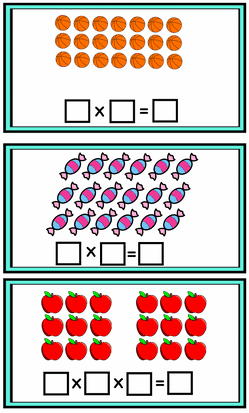
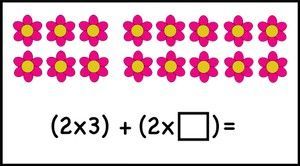

Google slides activities
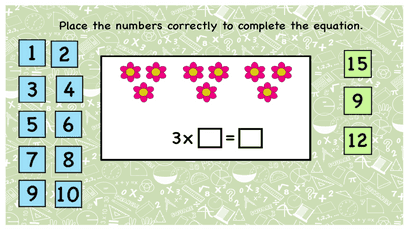
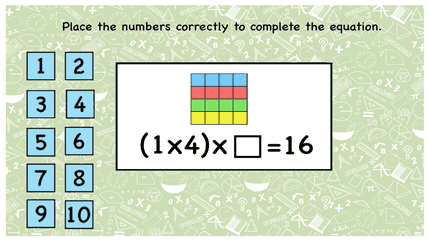

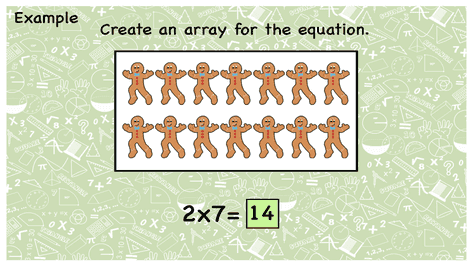
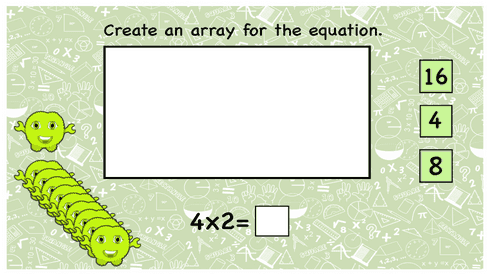
The resource includes 45 print cards and 45 google slides with multiplication activity task cards. Find it here









